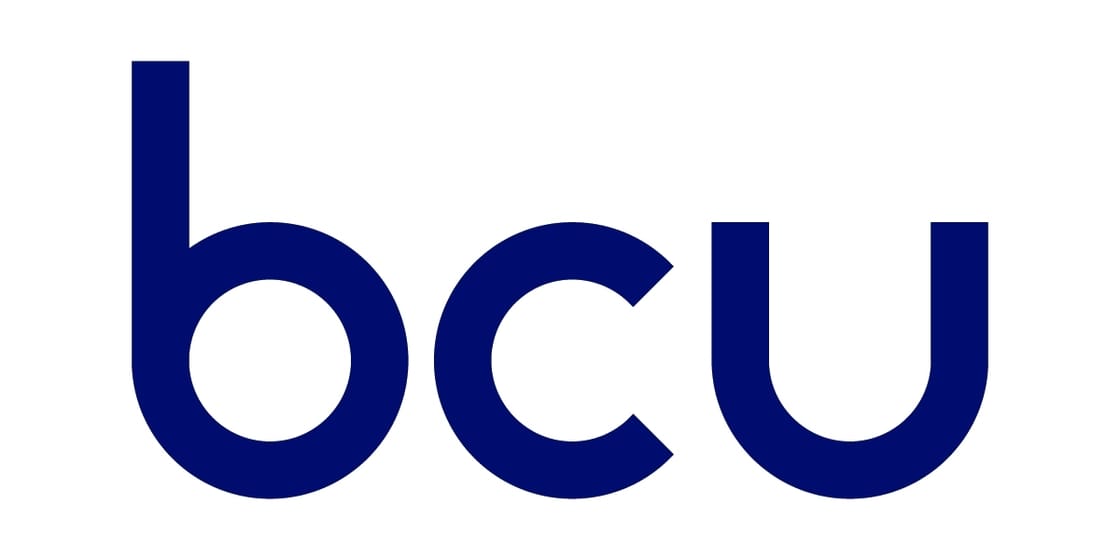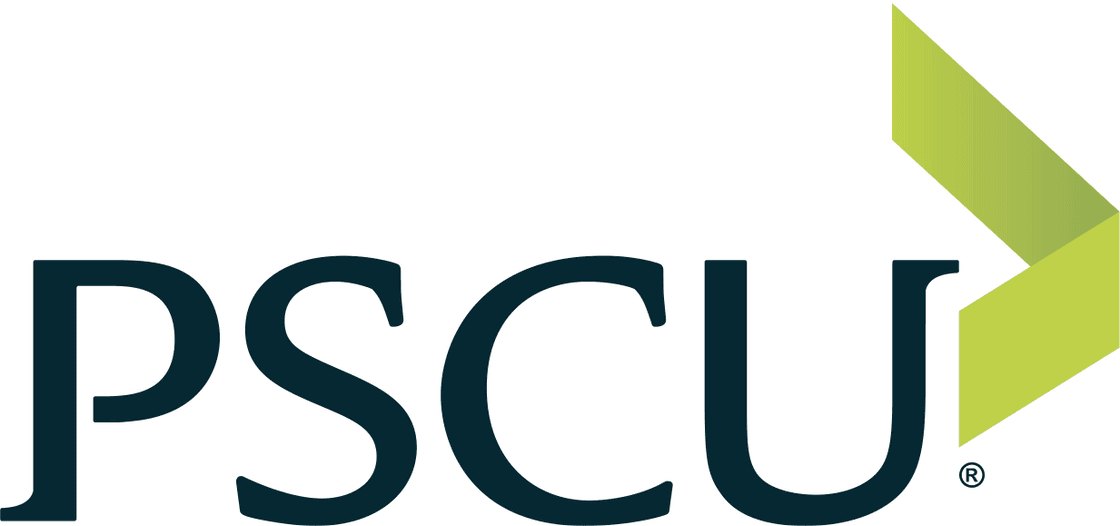Executive Summary
Drawing on data from the 2019 Survey of Consumer Finances, this brief provides a snapshot of households using credit unions and how credit union membership has changed over time compared to households that use banks, households that use neither institution (the unbanked), and the overall U.S. population.
What is the research about?
Patterns and trends reveal opportunities for credit unions to grow membership and deepen relationships with existing members. These findings draw on data from the triennial Survey of Consumer Finances (SCF) provided by the Federal Reserve Board with 2019 representing the most recent iteration. The SCF collects information about family income, net worth, credit use, and various financial outcomes.
What are the credit union implications?
Review of the data indicate the following key insights for credit unions:
- Between 2001 and 2019, credit unions served 18 to 22% of U.S. households.
- As the level of educational attainment has increased for the overall U.S. population, education levels for credit union members have increased as well. Among credit union member households, 59% had some college attendance, an Associate degree, or a Bachelor’s or higher in 2001. In 2019 the number was 66%.
- 6% of credit union households had no high school degree in 2019, while this figure was 11% for the overall U.S. population.
Download the research report to see more insights on how credit union membership has changed and the opportunities for credit unions to grow.
Filene’s Center for Consumer Financial Lives in Transition is generously funded by:













